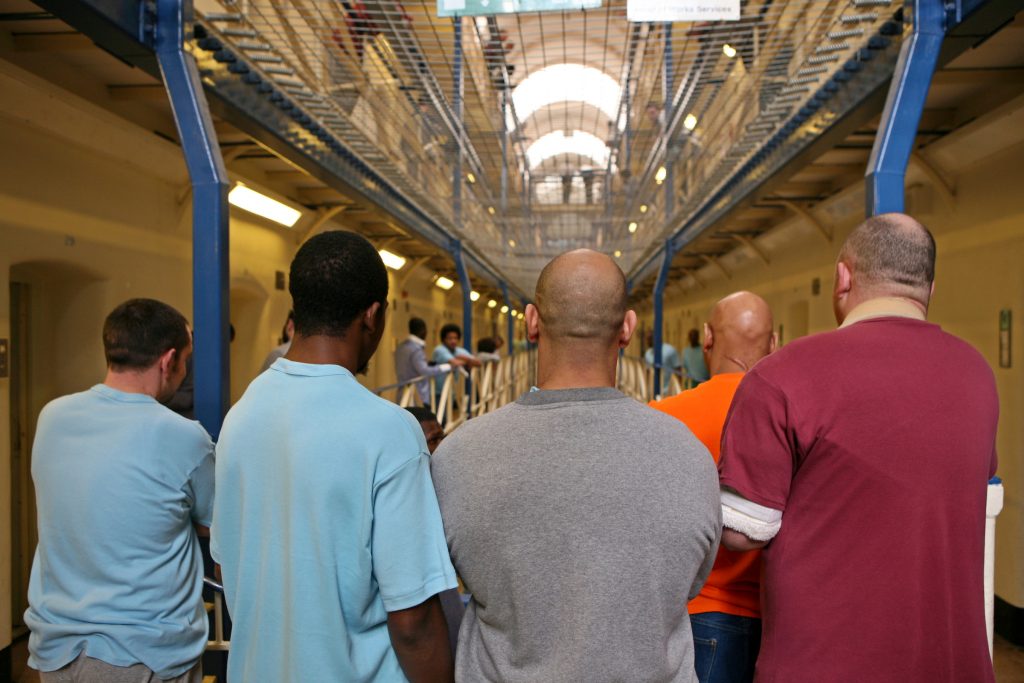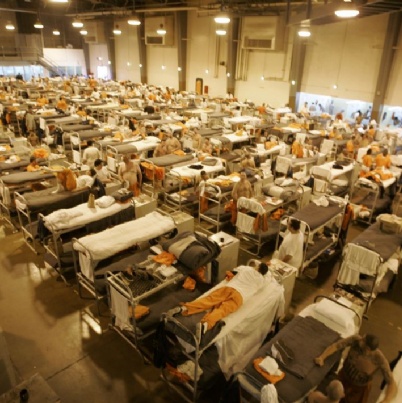England’s Prison Population Problems: A Crisis of Capacity, Policy, and Justice

England, home to one of the oldest legal systems in the world, is currently facing a growing crisis within its prison system. With rising inmate numbers, overcrowded facilities, chronic understaffing, and questions of justice and rehabilitation, the country’s prison population problem has become a flashpoint for debate among politicians, reformers, legal experts, and the public.
What began as a manageable concern decades ago has escalated into a multi-layered crisis, touching on social inequality, public safety, mental health, privatization, and sentencing reform. This article explores the roots, current state, and future of the prison population problem in England, examining why it persists—and what might be done about it.
1. The Numbers: How Big Is the Problem?
As of 2024, the prison population in England and Wales has reached over 88,000 inmates, close to the official operational capacity of the prison estate (approximately 89,000). This figure is up sharply from the early 1990s, when fewer than 45,000 were incarcerated. If trends continue, the number is expected to surpass 100,000 by 2026.
Key Statistics:
- England and Wales have one of the highest incarceration rates in Western Europe (approximately 150 per 100,000 people).
- Around 10–12% of prisoners are on remand (held before trial or sentencing).
- A significant number of prisoners are serving short-term sentences (less than 12 months).

2. Overcrowding: Beyond Maximum Capacity
Over two-thirds of prisons in England and Wales are overcrowded, according to the Prison Reform Trust. Overcrowding creates unsafe environments for both inmates and staff and severely undermines efforts at rehabilitation.
Consequences of Overcrowding:
- Limited access to education and job training
- Increased violence and self-harm rates
- Reduced time for out-of-cell activities
- Decreased staff morale and retention
- Deterioration of physical infrastructure (many prisons are Victorian-era buildings)
3. Understaffing and Officer Safety
The prison workforce has shrunk dramatically in the last decade, despite rising prisoner numbers. Many officers report burnout, stress, and fear for their safety.
Contributing Factors:
- Budget cuts and austerity measures post-2010
- High turnover rates among staff
- Increased assaults on officers (doubling since 2014)
- Inadequate training and support for dealing with mental health crises
4. Who’s in Prison? The Demographics
The English prison system disproportionately holds marginalized and vulnerable populations.
Notable Demographics:
- Ethnic minorities, particularly Black men, are significantly overrepresented.
- People with mental health disorders: Estimates suggest 70% of inmates suffer from at least one mental illness.
- Drug users and nonviolent offenders form a large proportion of inmates.
- Women in prison are often victims of abuse or trauma, with short sentences for nonviolent crimes.
This raises serious ethical concerns about criminal justice equity and systemic discrimination.

5. The Sentencing Debate: Too Harsh or Too Lenient?
Successive governments have introduced tough-on-crime policies—longer sentences, mandatory minimums, and reduced parole eligibility—all contributing to the rising prison population.
Yet many experts argue that short sentences do more harm than good, as they increase recidivism and disrupt lives without addressing root causes like addiction or poverty.
Sentencing Trends:
- Rise in Indeterminate Sentences for Public Protection (IPP)—many prisoners remain incarcerated far beyond their original terms.
- Harsh sentencing for minor theft, drug possession, or public disorder.
- Public demand for tougher sentences, especially after high-profile crimes, often influences policy more than data.
6. Privatization and Profit Motives
Several English prisons are run by private companies such as Serco, G4S, and Sodexo. While originally intended to cut costs and improve efficiency, privatization has sparked controversy.
Issues with Private Prisons:
- Lower staffing levels and poorer conditions
- Conflicts of interest: profit motives versus rehabilitation
- Higher rates of violence in some privately-run prisons
- Lack of transparency and public accountability
7. Rehabilitation or Warehousing?
The core debate: Is the prison system designed to rehabilitate or punish?
While rehabilitation is a stated goal, underfunding and overcrowding have gutted access to education, therapy, and vocational programs. Many inmates are released without adequate preparation or support, leading to high reoffending rates—approximately 48% within a year of release for short-sentence inmates.
8. Recent Reforms and Future Plans
Recognizing the crisis, the UK government has announced plans to:
- Build 20,000 new prison places by 2025 (though experts warn this could simply expand capacity without reducing harm)
- Introduce tagging and community alternatives to short-term sentences
- Invest in mental health services within prisons
- Expand diversion programs for low-risk offenders
However, critics argue that building more prisons addresses symptoms, not causes. Calls for decarceration, restorative justice, and structural reforms are growing louder.
9. International Comparisons
Compared to its European neighbors:
- England and Wales incarcerate more people per capita than Germany, France, or the Netherlands.
- Scandinavian countries, which focus on humane incarceration and social reintegration, have lower crime and reoffending rates.
Many reformers argue England should adopt a more rehabilitative and community-based model, moving away from punitive excess.
10. Public Opinion and Political Will
Public attitudes toward prison policy are complex:
- The media often amplifies fears of leniency.
- Yet surveys show increasing support for alternatives to prison for nonviolent offenders.
- Victims’ rights groups are also beginning to push for systems that prevent crime, not just punish it.
The real challenge is political: balancing public sentiment, electoral politics, and evidence-based policy.

Conclusion: At a Crossroads
England’s prison population problem is more than a numbers issue—it’s a reflection of deeper social, economic, and political choices. With prisons overcrowded, underfunded, and failing to rehabilitate, the system is nearing a breaking point.
Whether England chooses to continue expanding incarceration or finally rethinks its approach to crime, justice, and punishment will shape not only its prison system, but the very fabric of its society in the decades to come.




